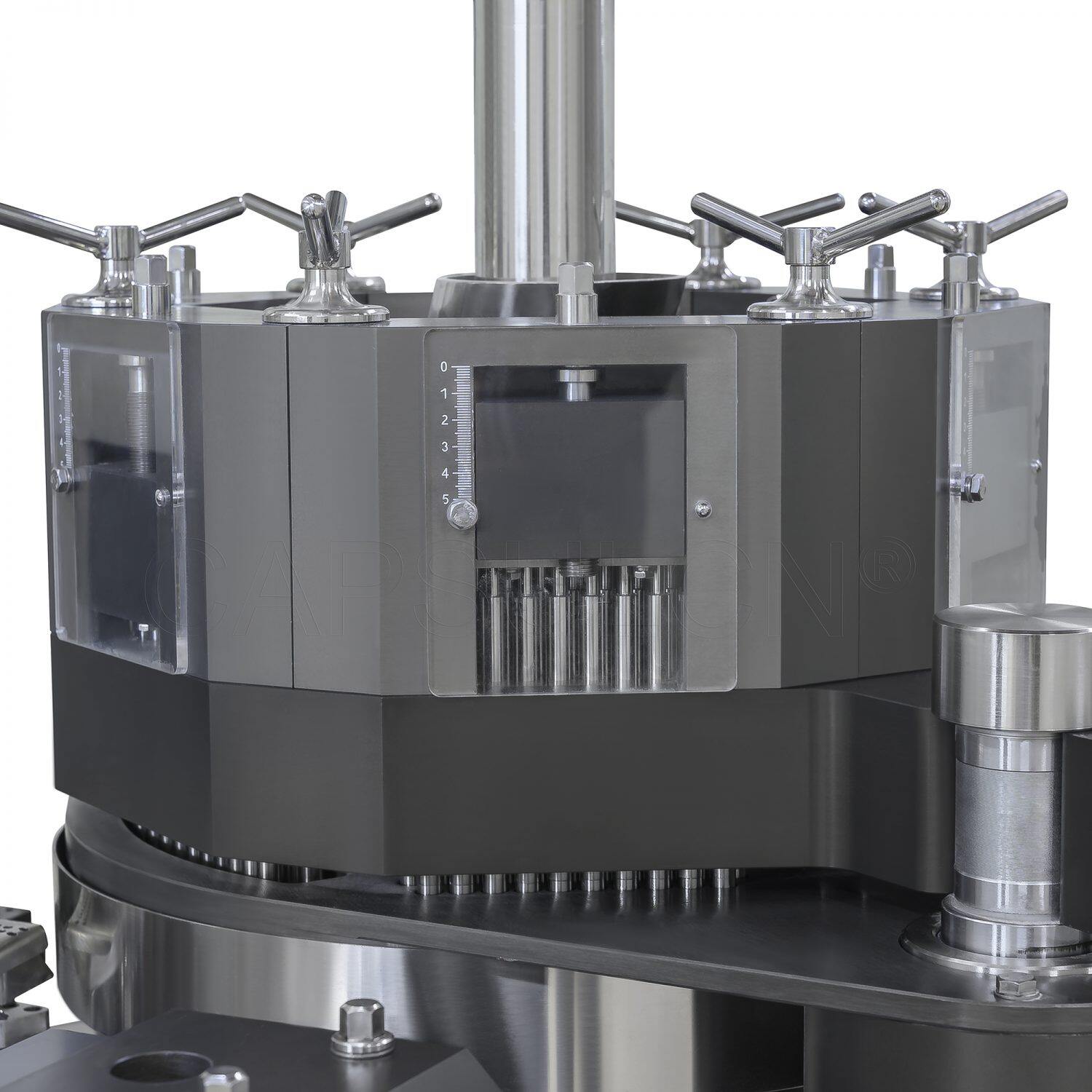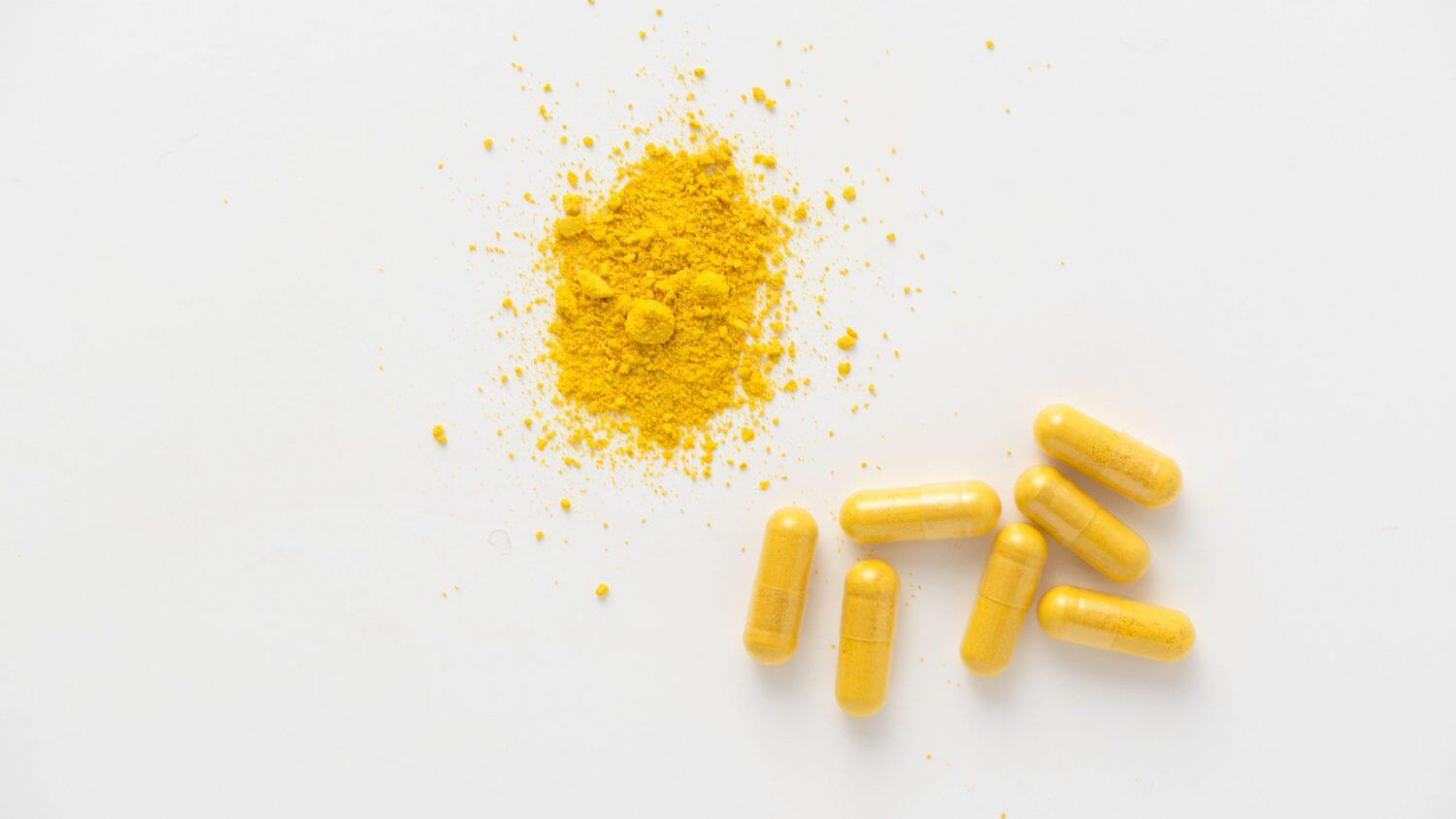Have you come across times when some capsules appear to be full, while others are only half full? Inconsistent drug dosages can sometimes jeopardize a patient's health. Luckily, the pharmaceutical industry has a more advanced solution - the dosing disk. Capsule dosing disc calculation is widely used. This device determines its thickness through precise calculations, ensuring that each capsule receives the exact amount of medication for optimal efficacy.

In this article, we'll go over calculating the thickness of a capsule filling machine dosing disc. Once you understand it, you'll be well on your way to perfect capsule filling.
Why is Dosing Disc Thickness Important for Capsule Filling?
The thickness of the dosing disc plays a vital role in achieving accurate and consistent capsule filling. Here's why:
Accurate Dosing
The capsule filling machine dosing disc is like a measuring cup for powder. Its thickness determines the size of the internal cavity. If the disc is too thin, the cavity is not large enough, leading to capsules containing less powder than expected. In contrast, if the disc is too thick, the cavity is too large, which may result in too much powder in the capsule or make it difficult to compress the powder correctly.
Powder Compression
During capsule filling, the tamping pin compresses the powder in the dosing disc cavity. The dosing disc thickness influences how well the pressure is distributed during this capsule filling process.
The proper dosing disc thickness allows for optimal compression, creating a dense and stable powder plug that can be smoothly delivered into the capsule body. However, inappropriate dosing disc thickness can lead to inadequate compression, resulting in loose powder or inconsistent amounts of powder in each capsule.
Filling Speed
The dosing disc thickness can also affect the filling speed. A thicker disc with a larger cavity may take longer to fill because more powder needs to be dosed. On the other hand, a very thin disc might be challenging to fill completely, which requires additional machine adjustments or slowing down production speed.
Minimizing Waste
Accurate dosing disc thickness helps minimize powder waste and ensures consistent filling amounts for all capsules. Improper disc thickness may lead to powder spillage or uneven distribution within the capsule, thus increasing material waste or even affecting the quality of the finished products.
How to Calculate Dosing Disc Thickness for Capsule Filling Machine?
Calculating the optimal dosing disc thickness for capsule filling machines can usually be divided into the following key steps:
Step 1: Determining Capsule Size and Target Dose
The first step is to determine the size of the capsule to be filled (e.g., size 0, size 1) and the specific amount of powder required for each capsule (target dose). Such information is usually provided by the capsule manufacturer and the medication insert.
Step 2: Capsule Fill Depth Calculation
Capsule fill depth refers to how much volume inside the capsule can be used to hold the powder. Typically, not the entire capsule volume is available for powder filling. There needs to be space at the top of the capsule to allow for proper sealing of capsules later.
Step 3: Calculating the Bulk Density of Powder
The bulk density of powder refers to the dose of powder per unit volume in its loose, uncompressed state. This value is critical for converting the target dose into the required cavity volume in the dosing disc.
Step 4: Applying Dosing Disc Thickness Calculation Formula
Once you have all of the above information, you can calculate the theoretical dosing disc thickness (t) using the following dosing disc calculation formula:
t = (Capsule Fill Depth - (Target Dose / (Bulk Density * 1000))) / 2
How Capsule Size Influence Dosing Disc Thickness?

The capsule size plays a crucial role in determining the thickness of the dosing disc required for accurate filling. Imagine pouring batter into different sized cake pans. The larger pan requires a thicker layer of batter to achieve the desired final cake volume. Likewise, larger capsules require a greater depth of filling and therefore a thicker capsule filling machine dosing disc to create a cavity that can hold the targeted amount of powder.
For your reference, we have listed below some of the common capsule sizes and the corresponding maximum dosing disc thicknesses.
| Capsule Size | Max Dosing Disc Thickness(mm) |
| #000 | 25.3 |
| #00 | 23.8 |
| #0 | 21.8 |
| #1 | 20 |
| #2 | 17.5 |
| #3 | 16.5 |
| #4 | 14.5 |
| #5 | 10.6 |
Does Formulation Type Affect the Thickness of Dosing Disc?
Of course, the formulation type has a big impact on the dosing disc thickness of a capsule filling machine. Why?
First, different formulations have different densities. Denser powders may require thicker dosing discs to create a cavity that can hold the same target dose than lighter, fluffier formulations. This density will be taken into account when calculating the dosing disc thickness to ensure that each capsule has the correct amount of dosage.
In addition, the flowability of the powder within the dosing disc cavity will also have an effect. Poorly flowing formulations may require a slightly thinner dosing disc to improve powder flow and further stabilize capsule filling.
Wrap-Up
Calculating the dosing disc thickness may seem simple, but it plays a vital role in ensuring patient safety and health. By carefully sizing the optimal thickness, you can ensure the precise delivery of medication within each capsule.
Remember, this calculation is only one piece of the puzzle. Consulting resources and working with experts will further optimize the capsule filling process. At the end of the day, your obsession with precise dosing will translate into reliable medication for those who need it most.